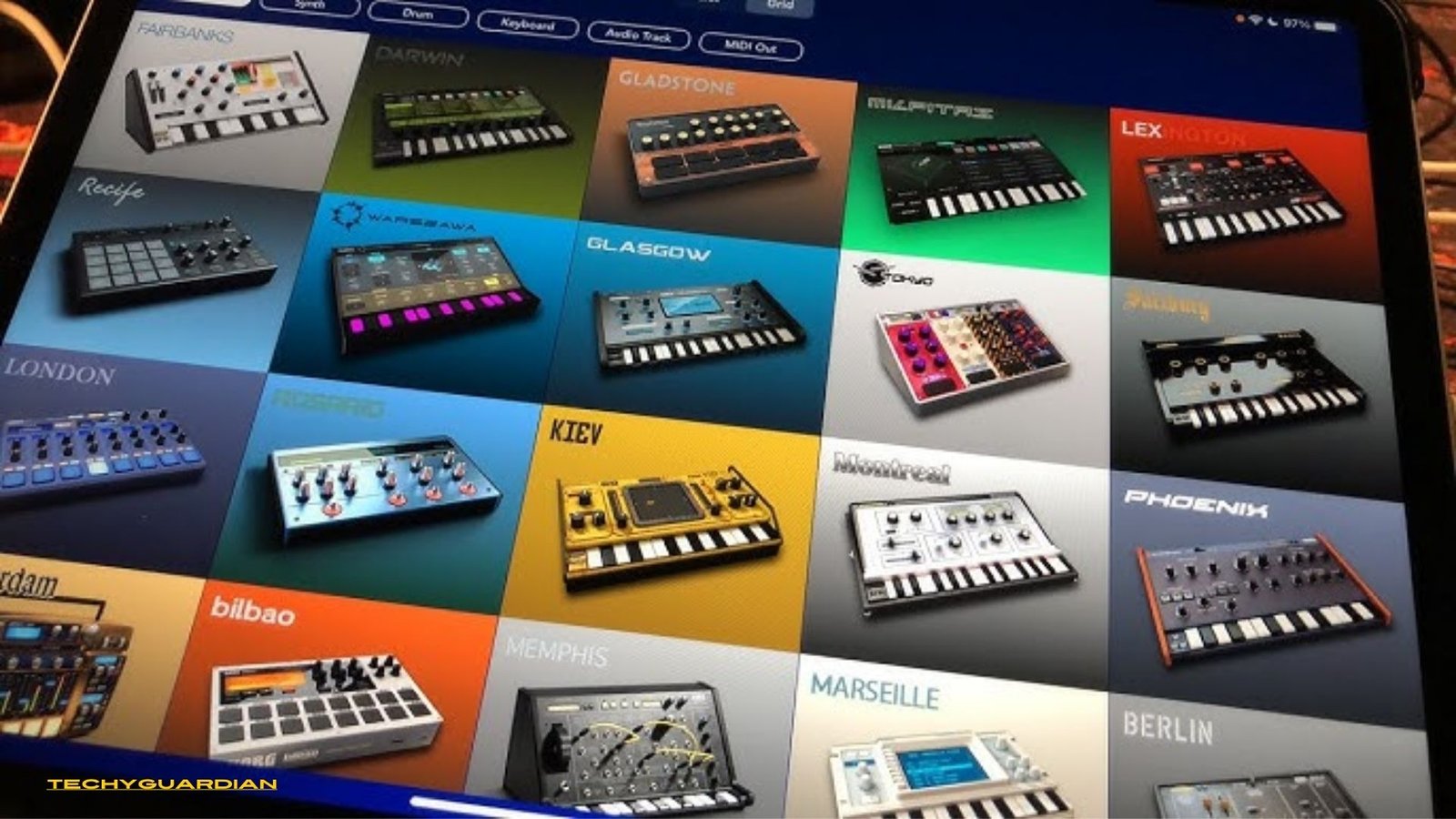
Japanese Gadgets
recent years, Japanese gadgets have captured the attention of tech enthusiasts and consumers around the globe. With their sleek designs, advanced technology, and innovative features, these gadgets are often seen as the epitome of cutting-edge electronics. However, many people wonder whether they are truly worth the investment. In this comprehensive article, we will explore the various aspects of Japanese gadgets and why they might (or might not) be worth the price tag.
Why Japanese Gadgets Stand Out
When discussing the Japanese tech industry, it’s essential to understand the country’s dedication to precision, quality, and innovation. Japan is home to several leading electronics manufacturers, including Sony, Panasonic, and Sharp, which have consistently produced world-class products for decades. These companies are renowned for pushing the envelope in technological advancements while maintaining a reputation for high-quality craftsmanship.
Japanese gadgets are often associated with groundbreaking innovations such as AI integration, robotics, smart home technology, and automated solutions. Whether it’s a smartphone with features yet to be seen in other parts of the world, or a robot vacuum that can interact with you, Japan’s tech industry thrives on creativity and functionality.
Innovation and Uniqueness of Japanese Gadgets
One of the key reasons that make Japanese gadgets so appealing is their uniqueness. The gadgets are often several steps ahead of their competitors in terms of functionality. Take, for example, Sony’s PlayStation series, which has revolutionized the gaming world with its innovative approach to virtual reality. The same goes for Sharp’s 8K TVs, which provide unparalleled clarity and color accuracy that few manufacturers outside Japan can match.
Moreover, Japanese gadgets are often designed with an eye toward solving everyday problems with elegant and effective solutions. This focus on practical applications, coupled with innovation, makes them highly desirable. From portable translators to AI-driven health monitors, these devices are not just tech toys but game-changers in their respective categories.
The Price Factor: Are Japanese Gadgets Expensive?
One of the primary concerns people have about Japanese gadgets is the price. It’s true that many Japanese electronics come with a hefty price tag, especially when compared to counterparts produced in countries like China or Korea. But, in most cases, the higher price reflects the premium build quality, advanced features, and durability that these products offer.
Consider gadgets such as the Sony WH-1000XM5 headphones, which offer superior noise-cancellation features and cutting-edge audio quality. These come at a higher price than most other wireless headphones on the market. However, the audio experience, comfort, and longevity of the device make it a worthwhile investment for audiophiles.
When you invest in Japanese gadgets, you are often paying for long-term value. These devices tend to have a longer lifespan than cheaper alternatives, reducing the need for frequent replacements and repairs. This longevity can lead to long-term savings, even if the upfront cost is high.
Technological Integration in Daily Life
One of the most exciting aspects of Japanese gadgets is how seamlessly they integrate with daily life. From smart home assistants that learn your routines to kitchen gadgets that help you cook with precision, Japanese technology has a way of blending into your lifestyle in a way that feels natural and intuitive.
For instance, Toto’s Washlet toilet has become an iconic symbol of how Japanese tech improves everyday life. It comes equipped with features like heated seats, automated washing, and self-cleaning functions, all aimed at enhancing comfort and hygiene. Similarly, the Muji rice cooker uses advanced technology to ensure the perfect texture for each grain of rice, illustrating how Japanese electronics are designed with the user in mind.
This approach is not limited to high-end gadgets. Pocket translators like the Pocketalk device allow travelers to communicate in different languages with ease, and portable chargers from brands like Anker provide efficient solutions for those on the go.
Durability and Build Quality
When considering whether Japanese gadgets are worth the investment, durability is another crucial factor. Japanese companies are known for their meticulous attention to detail, and their gadgets often reflect this. The build quality of many Japanese gadgets surpasses that of competitors, making them more reliable and resistant to wear and tear.
For example, Panasonic’s Toughbook series is famous for its ruggedness, designed to withstand harsh conditions that would damage most regular laptops. Similarly, Casio’s G-Shock watches are renowned for their ability to endure extreme conditions, from deep-sea diving to mountain climbing, without skipping a beat.
Japanese Gadgets for Sustainability and Energy Efficiency
Many modern Japanese gadgets are also built with sustainability in mind. Energy efficiency and eco-friendly designs are increasingly becoming central to Japan’s tech innovations. Companies like Sharp and Panasonic have developed solar-powered products and energy-efficient appliances that not only help reduce carbon footprints but also lower utility costs over time.
For example, Panasonic’s EcoNavi washing machines are equipped with sensors that detect the size of the laundry load and adjust water usage accordingly. Similarly, Sharp’s solar panels are among the most efficient in the world, demonstrating how Japanese technology is helping consumers save both money and energy.
Are Japanese Gadgets Worth the Investment? Final Thoughts
The answer to whether Japanese gadgets are worth the investment largely depends on what you prioritize. If you are looking for cutting-edge technology, superior craftsmanship, and products that are built to last, then Japanese gadgets are undoubtedly worth every penny. While the initial cost may be higher than alternatives, the long-term value, durability, and user experience make these gadgets a wise investment for those who seek quality and innovation in their electronics.
From innovative designs to reliable performance, Japanese gadgets often set the standard for what we expect from modern technology. Whether it’s a high-end TV, a smart home device, or a travel-friendly gadget, Japan’s technology industry delivers products that are not only functional but also sophisticated in their execution.
If you’re someone who values longevity, innovation, and a premium user experience, Japanese gadgets are indeed a solid investment. Whether you’re buying for work, leisure, or daily convenience, the added quality and advanced features make these products worth their price.
Read Articles:
What is the Price of the iPhone 16 in Pak?





4 thoughts on “Are Japanese Gadgets Worth the Investment?”